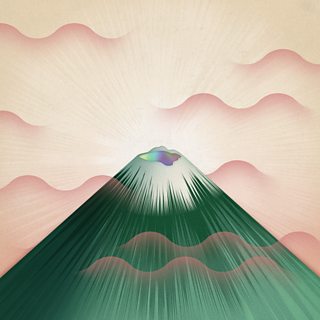- Try
- Rate
- Share
How did you rate this?

The Inside Story
We spoke to Andrew Laing who produced and directed the project.
Can you sum up the project for us?
Prism Break complements the 大象传媒 series, Colour: The Spectrum Of Science by, not only explaining the colour spectrum, but also by showing it to people. We’ve given our audience the power to choose the way they view the content and let them discover the hidden colours we can’t normally see with the naked eye. We did this by filming the same scene viewed in four different parts of the colour spectrum: ultraviolet, visible light, infrared and thermal.
What’s the most exciting aspect of it?
The technical setup was the most challenging and exciting aspect of this project. Filming on four different cameras – UV, visible, IR and thermal – simultaneously, we had to customise a camera rig to fit and allow us to shoot from all four cameras at the same time. It was also important to make sure the lighting conditions worked for each of them.
What was next?
After that we had to sync and match all the shots in the edit and then import into the interactive video software. We used Interlude, which has been used on a number of pilots featured on 大象传媒 Taster. However we used it in a slightly different way, as the videos from the four cameras are all running at the same time. We also have points where you can launch video content from the TV series, which includes some great archive courtesy of The ESA/Hubble and NASA.
Did it turn out as you expected?
The end result has turned out broadly as expected, but the process of filming the sequence using four cameras simultaneously and matching the shots was more complicated than we anticipated.
What do you think audiences will make of it?
We hope the audience will see the world around them in a different light, or colour spectrum, to be more precise.
We’ve also hidden some items throughout, which are only visible on a specific camera at a particular point, so we hope the audience will play again and discover these.
So what happens now?
We think the notion of allowing the user to switch camera views is really interesting, so we’re keen to see what the audience feedback on that particular element of the project will be.



